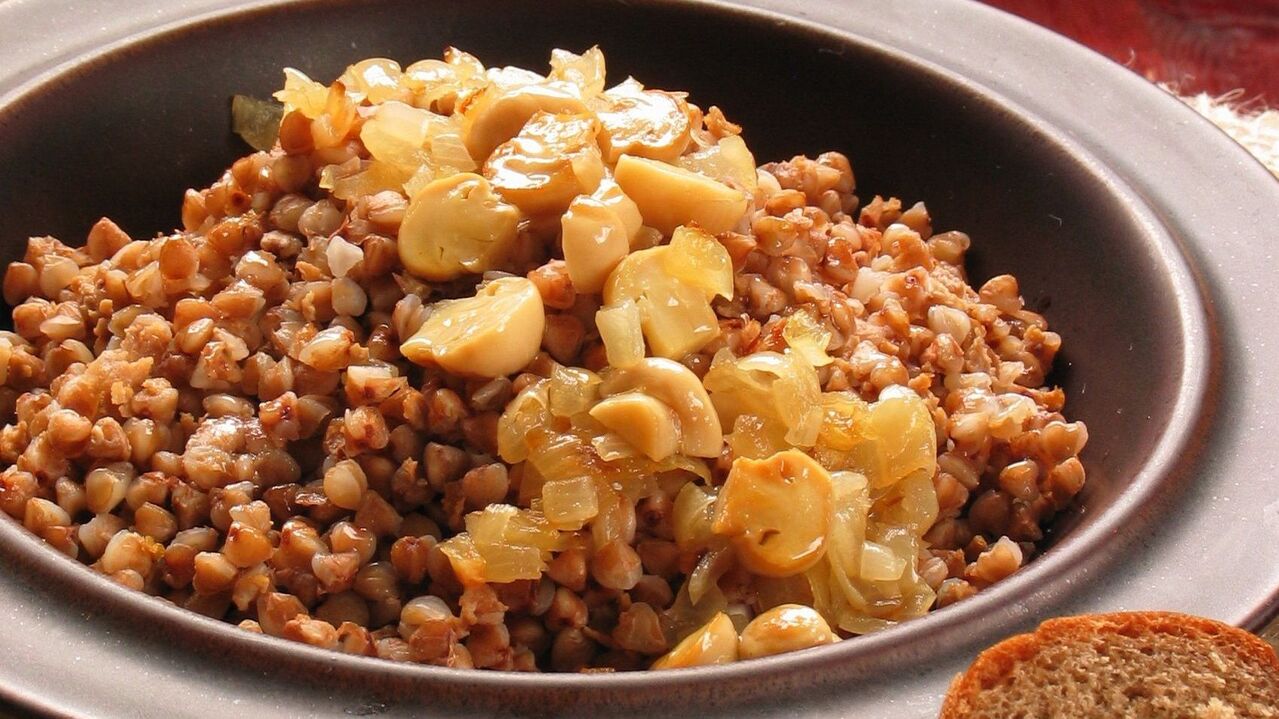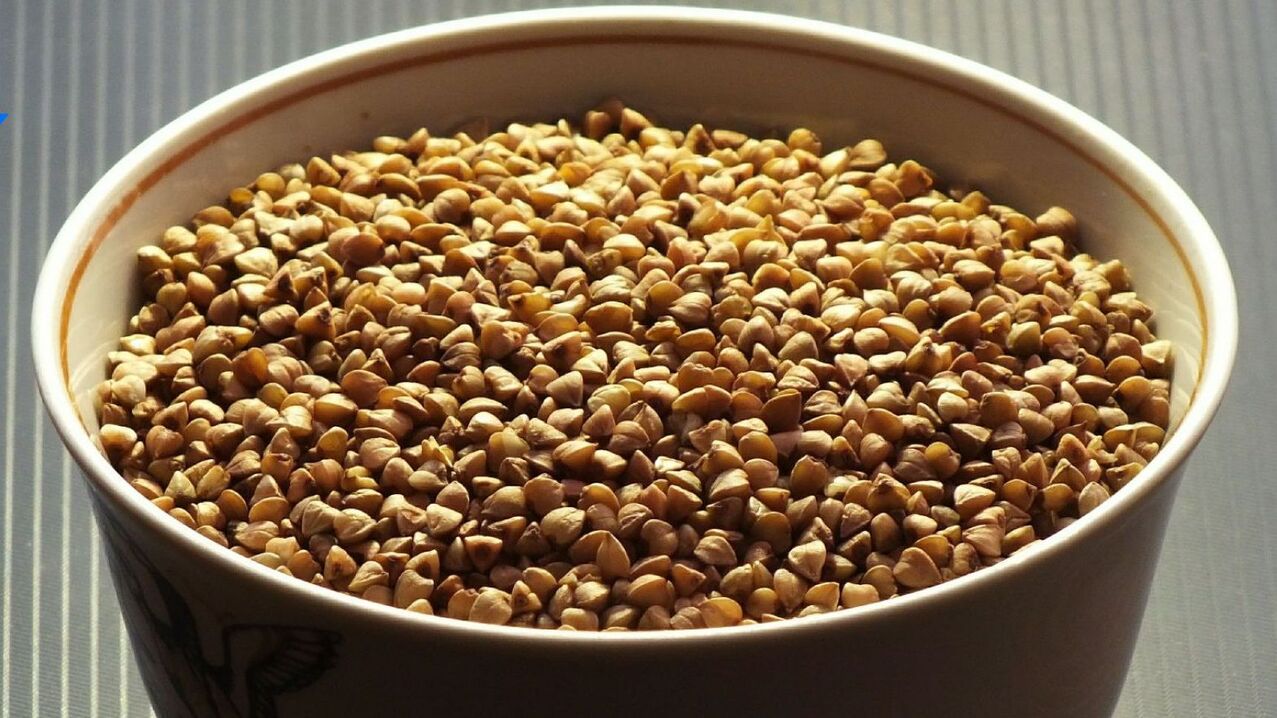
Advantages of Buckwheat Diet
Disadvantages of the Buckwheat Diet
7-day menu based on the buckwheat diet

- Breakfast: 50 grams of buckwheat, green tea without sugar
- Second breakfast: 50 grams of buckwheat, water
- Lunch: 100 grams of buckwheat, tea or water
- Dinner: 50 grams of buckwheat, tea
14-day menu based on the buckwheat diet

- Breakfast: 50 grams of buckwheat, black coffee
- Second breakfast: a cup of kefir or a handful of dried fruit
- Lunch: 100 grams of buckwheat, tea
- Afternoon snack: Unsweetened fruit or vegetable snack: apple, cucumber, tomato; or a glass of tomato juice (no salt added)
- Dinner: 50 grams of buckwheat, can be added with plain yogurt























